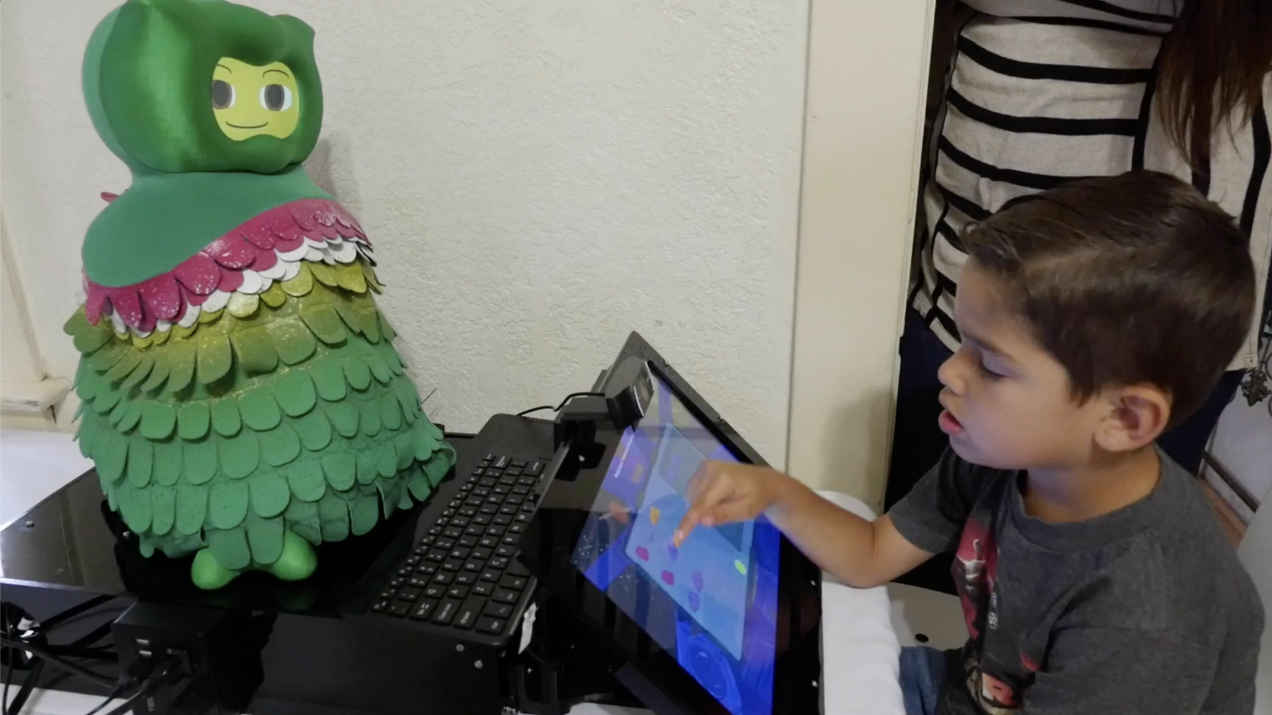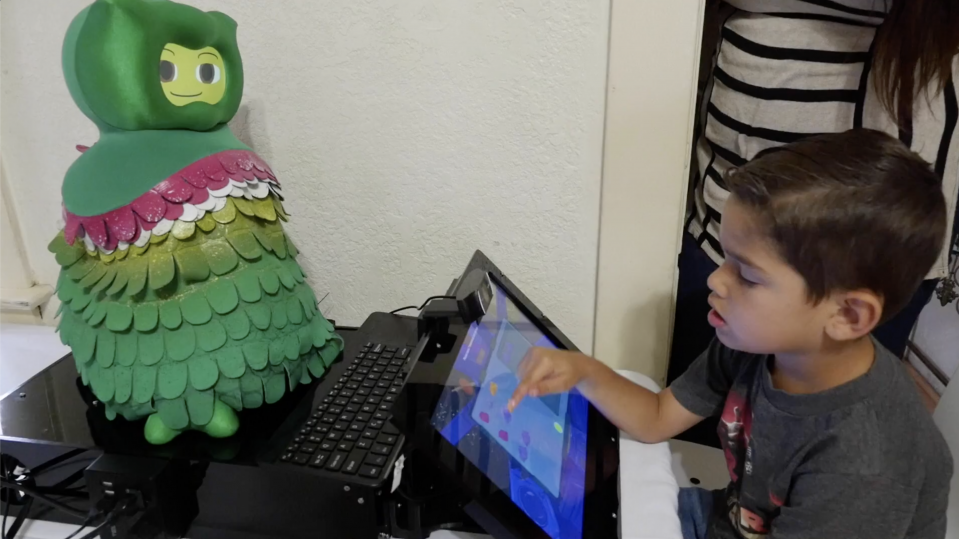

Artificial Intelligence / Robots
Robots that teach autistic kids social skills could help them develop
In recent years, advancements in socially-assistive robots have opened up a promising new way for more affordable and personalized care.

About 1 in every 160 children globally has autism spectrum disorder. In the US, the rate is nearly triple, likely due to diagnostic and reporting differences. The developmental disability is often characterized by social, emotional, and communication challenges. It is not something that can be cured, but early interventions, like speech and behavioral therapy, can improve a child’s development.
But such human-based interventions can often be expensive or time intensive; many children on the spectrum are recommended to have 20 hours of therapy a week. Traditional one-size-fits-all technology interventions can also be difficult to design; symptoms and behavioral patterns vary widely among affected individuals.
Fortunately, the advancement of socially-assistive robots in recent years has opened up a promising new way for autistic patients to get more affordable and personalized care. In theory, in-home robots could help supplement human therapists by taking over the more repetitive training activities, and AI could help individualize the experience.
Now a new study, published in Science Robotics today, has taken an important step in advancing the AI that powers these in-home companions. Maja J. Matarić and her team at the University of Southern California created a machine-learning model that uses audio and video data, such as dialogue and eye contact, from autistic children’s interactions with the robot to predict whether they are engaged in a given training activity. If they’re not, the idea is the robot could then react and reengage them to hold their attention on therapeutic exercises for longer stretches of time. During testing, the model reached a 90% accuracy in predicting the child’s engagement, despite noisy data and high variability among participants.
Importantly, the study was done using data collected from robots that lived with the children in their homes for a month-long period. It’s part of a multi-year research initiative that has sought to examine the impact and advance the capabilities of these companions in a realistic environment. In contrast, most other studies to date have been limited to short time scales and controlled lab settings because of the intensive approval and design processes required to bring such technology in-home.
Participants in the study were asked to regularly play space-themed math games on their in-home companion’s attached touchscreen tablet. The robot then gave expressive feedback based on performance and the game personalized to the individual over time through a reinforcement-learning algorithm.
While the content of the game focused on math, the main purpose was to teach the kids fundamental social skills through their interactions with the robot, such as turn-taking (is it my turn or the robot’s turn to talk?) and eye contact (should I look at the robot when I’m talking?). With every intervention, a behavioral therapist evaluated the child’s social skills before and after, validating the approach for improving them.
“Kids need to learn in a social setting,” says Matarić. “But for kids with autism, they don’t get enough practice with that. That’s why the robot is important.” Many of the children learned to engage with the robot as a friend over time, and improved their empathy towards other peers. Many also folded the robot into their family social circles, and became more engaged with their siblings and parents as well, validating the premise that the robots can improve rather than replace existing relationships. These findings were released in an earlier paper.
The in-home environment proved more challenging than the researchers originally anticipated. Participants sometimes accidentally damaged the robot or moved the camera, causing the collected data to be inconsistent and noisy. Oftentimes, the siblings of the autistic children also wanted to play the games themselves, adding more complexity to the analysis. But the realistic environment also gave the researchers a more holistic understanding of how to design the robots to be more effective. They found, for instance, that all the children decreased their engagement with the robot over time, which ultimately motivated the latest Science Robotics study.
“This helps substantiate the positive use of socially interactive robots for children with special needs,” says Ayanna Howard, a professor at Georgia Tech who also studies the therapeutic effects of robots for autistic children.
Matarić’s team is also looking at the minimum amount of data required to train the robot’s machine-learning algorithms, in order to protect privacy. The hope is that such socially-assistive robots will become affordable, personalized therapeutic companions for autistic children, allowing them to receive more comprehensive care and improve their development.